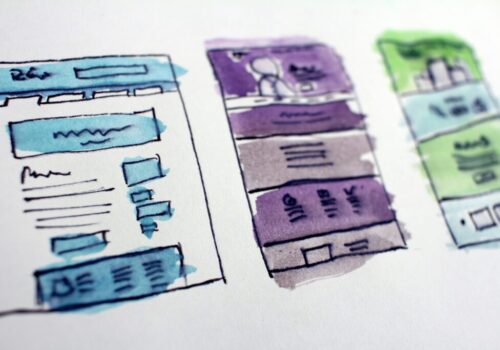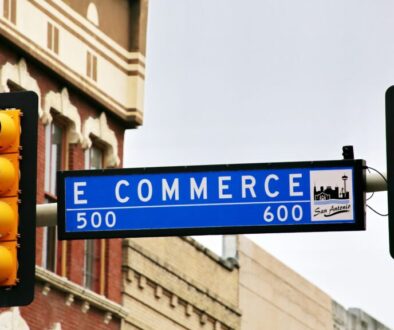How to Create a Winning Product Sampling Campaign
Free samples are like the secret sauce of marketing—they’re simple, effective, and leave customers craving more. But not all sampling campaigns are created equal. To truly stand out and drive results, you need a strategy that’s thoughtful, targeted, and engaging. Whether you’re a new brand looking to make a splash or an established company launching a new product, here’s your step-by-step guide to creating a winning product sampling campaign.
1. Define Your Goals
Before you start handing out samples, it’s important to know what you’re trying to achieve. Are you looking to increase brand awareness, drive sales, or gather customer feedback? Your goals will shape every aspect of your campaign, from the type of samples you distribute to how you measure success. For example, if your goal is to boost sales, you might focus on sampling high-converting products. If it’s about building awareness, you might prioritize reaching a broader audience.
2. Know Your Audience
A successful sampling campaign starts with understanding your target audience. Who are they? What do they care about? Where do they spend their time? The more you know about your audience, the better you can tailor your campaign to resonate with them. For instance, if you’re targeting busy moms, consider offering samples at school events or through parenting blogs. If your audience is Gen Z, social media platforms like TikTok or Instagram might be your best bet.
3. Choose the Right Product
Not all products are created equal when it comes to sampling. Ideally, you want to choose a product that’s easy to use, delivers immediate value, and leaves a lasting impression. For example, a skincare brand might sample a moisturizer that leaves skin feeling soft and hydrated, while a food brand might offer a snack that’s both delicious and convenient. The key is to pick a product that showcases your brand’s best qualities and encourages customers to want more.
4. Create Eye-Catching Packaging
First impressions matter, and your sample packaging is often the first interaction a customer has with your brand. Make it count! Your packaging should be visually appealing, functional, and reflective of your brand identity. Consider adding a personalized touch, like a thank-you note or a QR code that leads to your website. A study by Dotcom Distribution found that 40% of consumers are more likely to make a repeat purchase if their order includes premium packaging.
5. Leverage the Right Channels
Where you distribute your samples is just as important as what you’re distributing. Think about where your audience is most likely to encounter your samples. For example:
– In-Store Sampling: Great for reaching customers who are already in a shopping mindset.
– Online Sampling: Perfect for ecommerce brands. Offer samples as part of a purchase or as a standalone promotion.
– Events and Pop-Ups: Ideal for creating buzz and engaging with customers face-to-face.
– Social Media Campaigns: Use platforms like Instagram or TikTok to run contests or giveaways that include free samples.
6. Incorporate a Call-to-Action (CTA)
A free sample is a great start, but it’s not the end goal. Make sure your campaign includes a clear call-to-action that encourages customers to take the next step. This could be visiting your website, signing up for a newsletter, or making a purchase. For example, you might include a discount code with your sample to incentivize a follow-up purchase. According to Invesp, campaigns with a strong CTA can increase conversion rates by up to 121%.
7. Track and Measure Results
You can’t improve what you don’t measure. Use tools like promo codes, QR codes, or surveys to track how customers are engaging with your samples. Are they making purchases? Sharing their experience on social media? Providing feedback? This data will help you understand what’s working and what needs tweaking. For instance, if you notice that samples distributed at events are driving more sales than online samples, you might allocate more resources to in-person campaigns.
8. Follow Up and Build Relationships
A winning sampling campaign doesn’t end when the sample is handed out. Follow up with your customers to keep the conversation going. Send a thank-you email, ask for feedback, or offer exclusive deals to sample recipients. Building a relationship with your customers can turn a one-time sampler into a lifelong fan.
Final Thoughts
Take a page from Dove, which launched a highly successful sampling campaign by distributing mini deodorants in gyms and fitness centers. By targeting health-conscious consumers in a relevant setting, Dove saw a significant boost in brand awareness and sales. Similarly, Starbucks often offers free samples of new drinks in-store, creating a buzz that drives immediate purchases.
Creating a winning product sampling campaign is equal parts art and science. It’s about understanding your audience, choosing the right product, and delivering an experience that leaves a lasting impression. When done right, a sampling campaign can do more than just drive sales—it can build trust, foster loyalty, and turn curious shoppers into passionate advocates.
So, the next time you’re planning a sampling campaign, remember: it’s not just about giving something away for free. It’s about creating a moment that connects your brand with your customers in a meaningful way. And who knows? That little sample might just be the start of something big.


